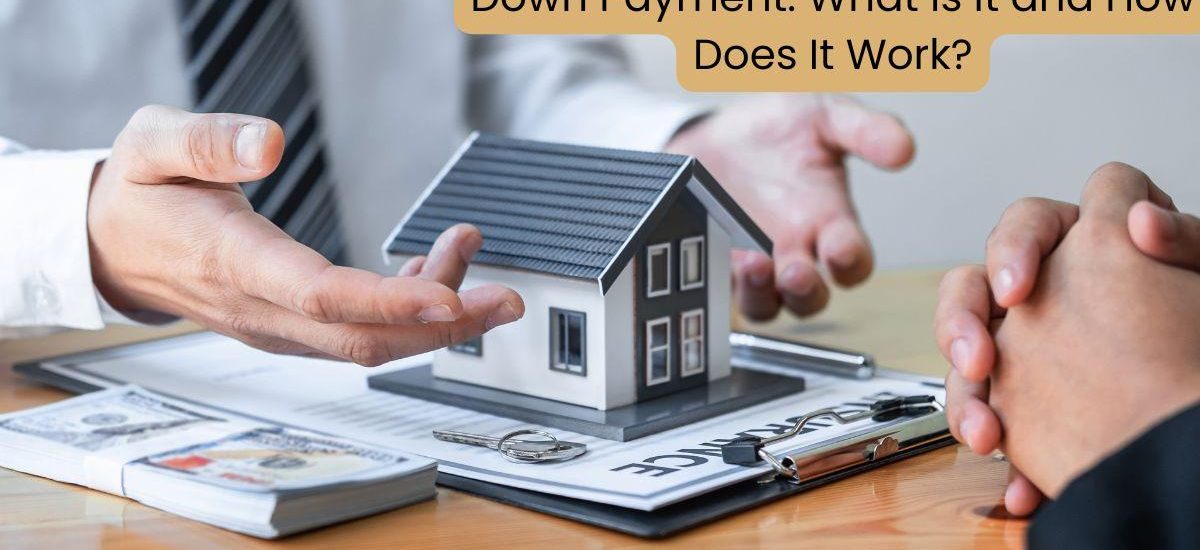Your homeownership journey often begins with two key words: down payment. While this might sound intimidating, understanding how down payments work can empower you to take the first step toward owning your dream home.
What Is a Down Payment?
A down payment is the portion of a home’s purchase price that you pay upfront, with the rest covered by your mortgage loan. This initial investment demonstrates your commitment to the lender and reduces their financial risk.
Think of it as laying the foundation for your financial stability and long-term equity in the home.
Key Benefits of a Down Payment:
– Lower Monthly Payments: A larger down payment reduces the loan amount, leading to smaller monthly payments.
– Better Loan Terms: Bigger down payments often qualify for lower interest rates.
– Immediate Equity: You start building equity in your home right from the start.
How Does a Down Payment Work?
Here’s how down payments typically function:
– Timing: The down payment is due at closing, along with other costs like taxes and fees.
– Amount: The required down payment varies depending on the loan type and lender requirements. For instance, a $300,000 home with a 10% down payment would require $30,000 upfront.
– Impact: Your down payment size directly influences your loan amount, monthly payments, and whether private mortgage insurance (PMI) is needed.
Curious About Your Numbers? Use our Mortgage Calculator to estimate how much you’ll need to save.
Minimum Down Payment Requirements
Different loan types have varying minimum down payment requirements:
– Conventional Loans: As low as 3%
– FHA Loans: 3.5% with a credit score of 580 or higher
– VA Loans: No down payment for eligible veterans
– USDA Loans: No down payment for qualifying rural properties
– Jumbo Loans: Typically 10-20%
These options offer flexibility depending on your financial situation and homeownership goals.
Big vs. Small Down Payments: Which Is Right for You?
Your choice between a larger or smaller down payment depends on your priorities and circumstances.
Benefits of a Larger Down Payment:
– Lower monthly payments
– Avoiding PMI if you put down 20% or more
– Better interest rates
– More immediate equity
Benefits of a Smaller Down Payment:
– Get into a home sooner
– Keep more savings for emergencies
– Invest in other financial goals
– Cover additional homebuying costs
– Pro Tip: Evaluate your budget and long-term goals to determine the right approach for you.
Saving for a Down Payment: Practical Tips
Building up your down payment might feel overwhelming, but these strategies can help:
– Automate Savings: Set up automatic transfers to a dedicated account.
– Cut Expenses: Trim subscriptions and consider temporary lifestyle changes.
– Boost Income: Take on side gigs or freelance work to increase your savings.
– Leverage Assistance Programs: Explore grants, employer assistance, or first-time homebuyer programs in your area.
Determining How Much House You Can Afford
Your down payment is a significant part of your homebuying budget. Here are key factors to consider:
– Income and Debt: Review your monthly income and existing debts to calculate your budget.
– Housing Costs: Don’t forget to factor in property taxes, insurance, and maintenance.
– Emergency Funds: Ensure you maintain savings for unexpected expenses.
– Comfort Zone: Choose a monthly payment that fits your financial lifestyle without feeling stretched.
Estimate Your Payments: Use our Mortgage Calculator to see how your down payment impacts your monthly costs.
Your Path to Homeownership Starts Here
A down payment is more than just a financial requirement—it’s a stepping stone toward your dream home. By understanding how down payments work and planning ahead, you can approach the homebuying process with confidence.
Ready to Take the Next Step? Contact us today to explore loan options tailored to your down payment goals!


